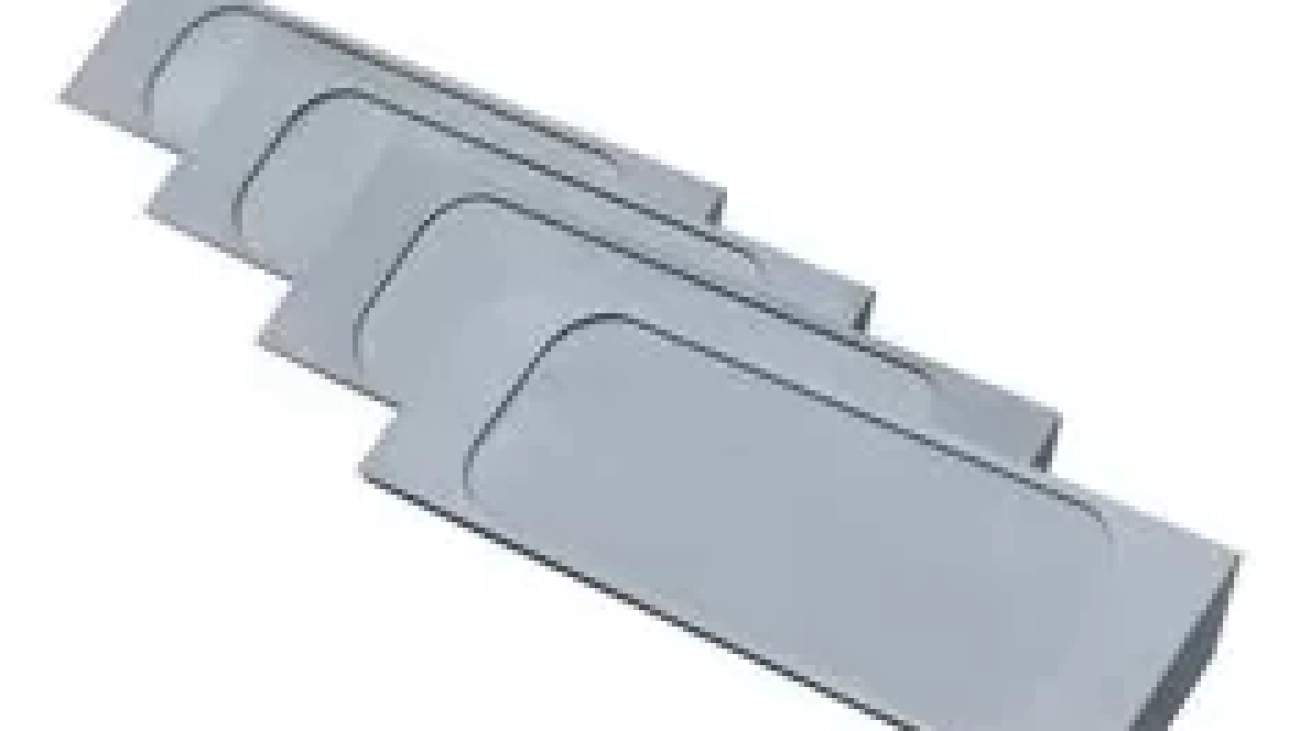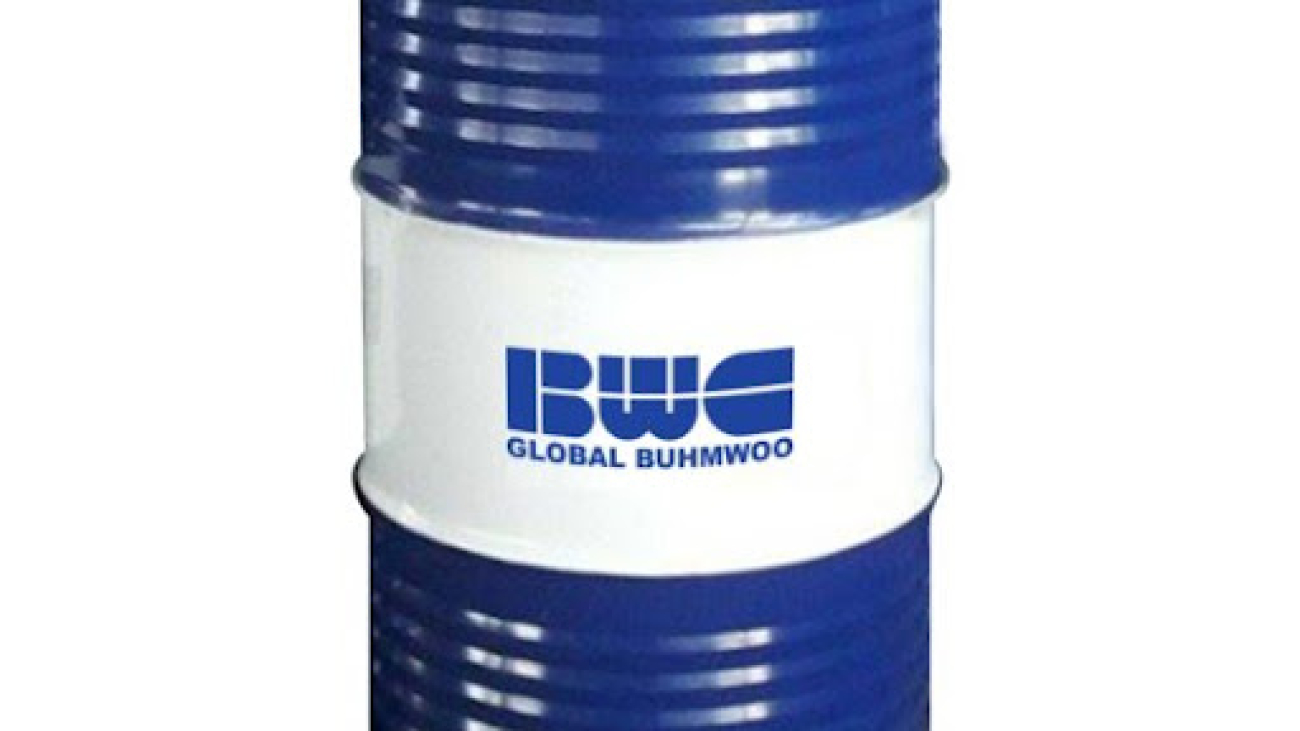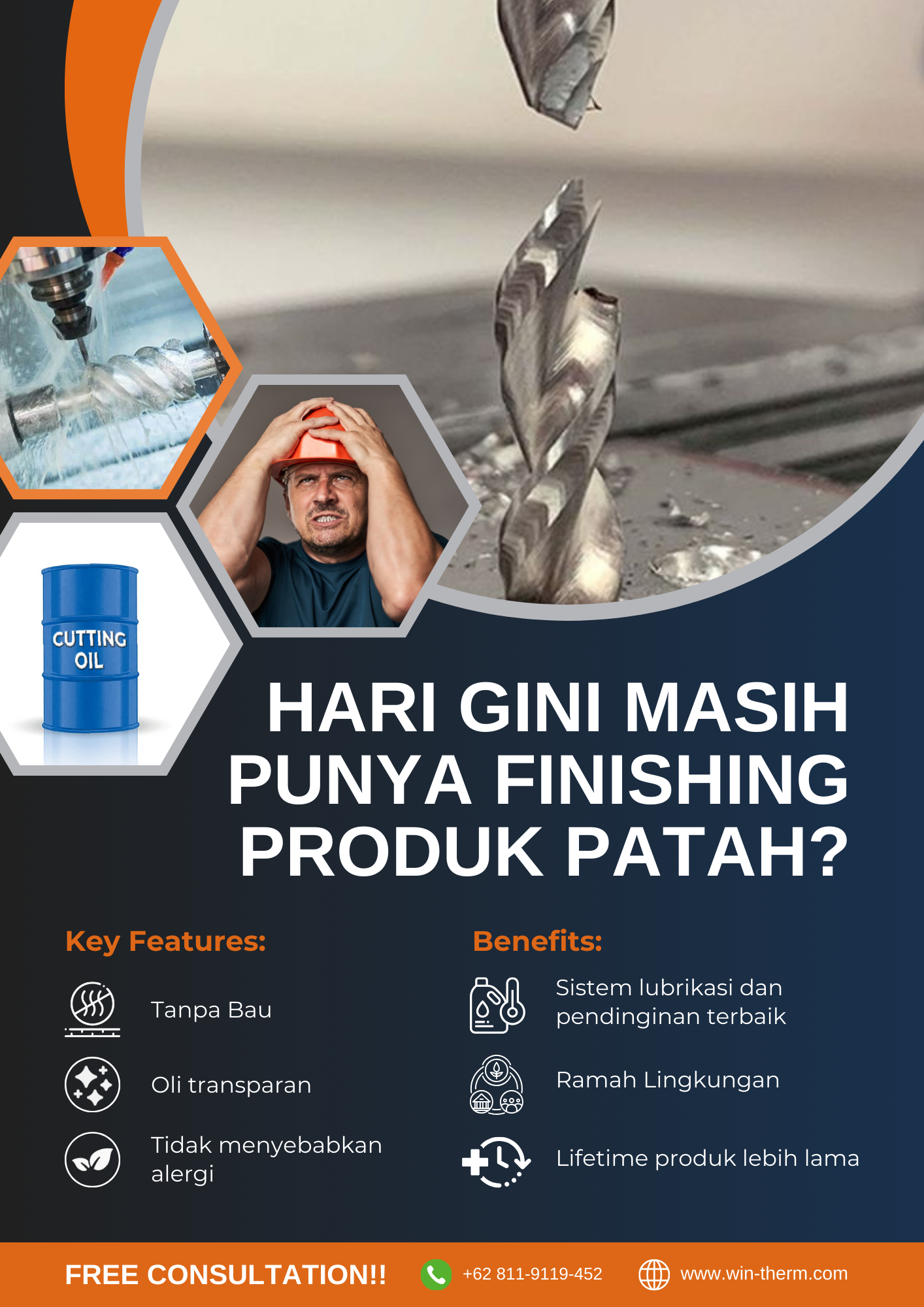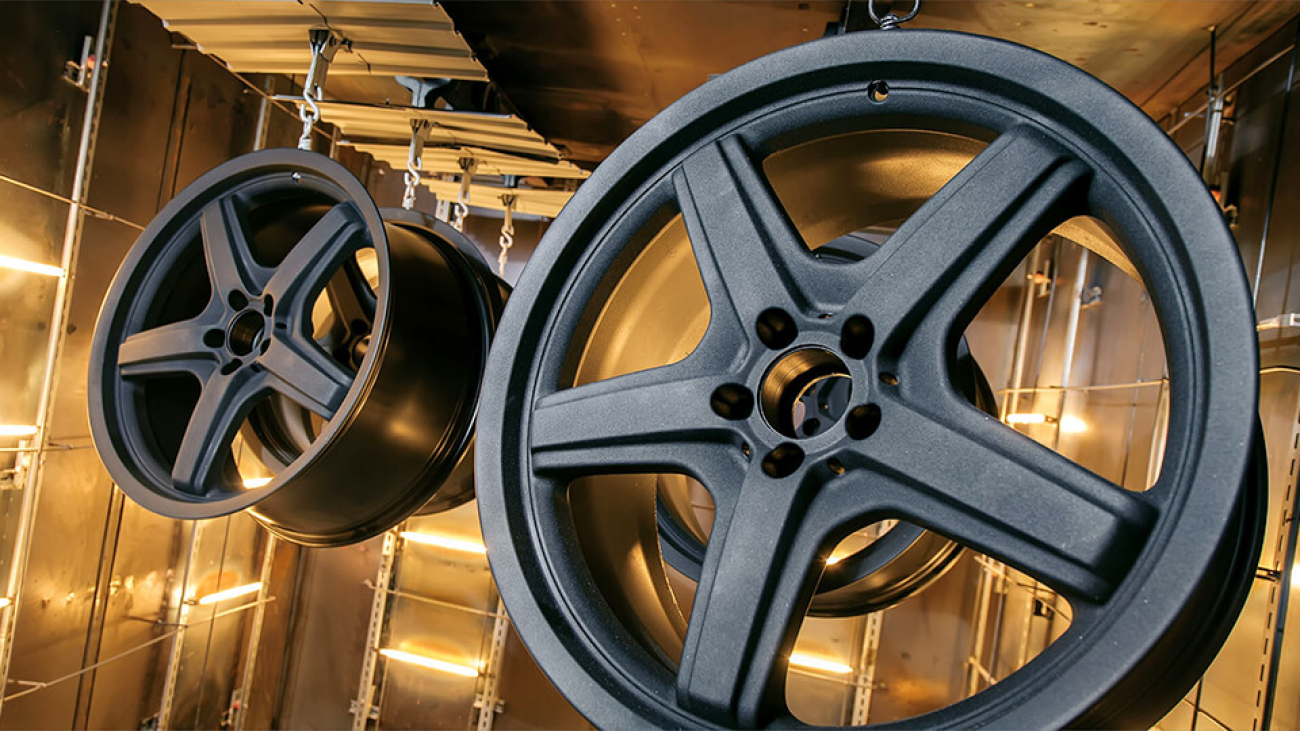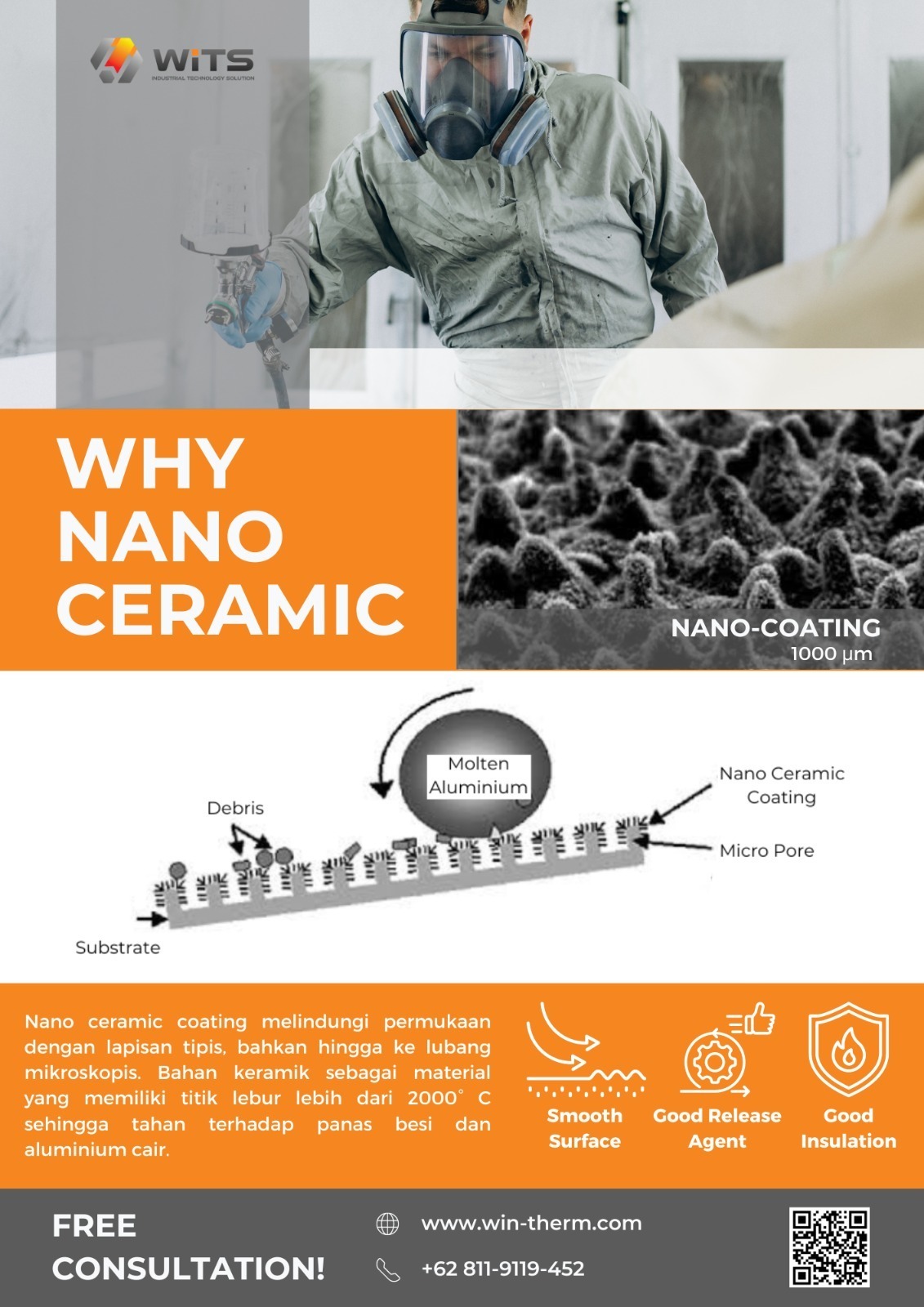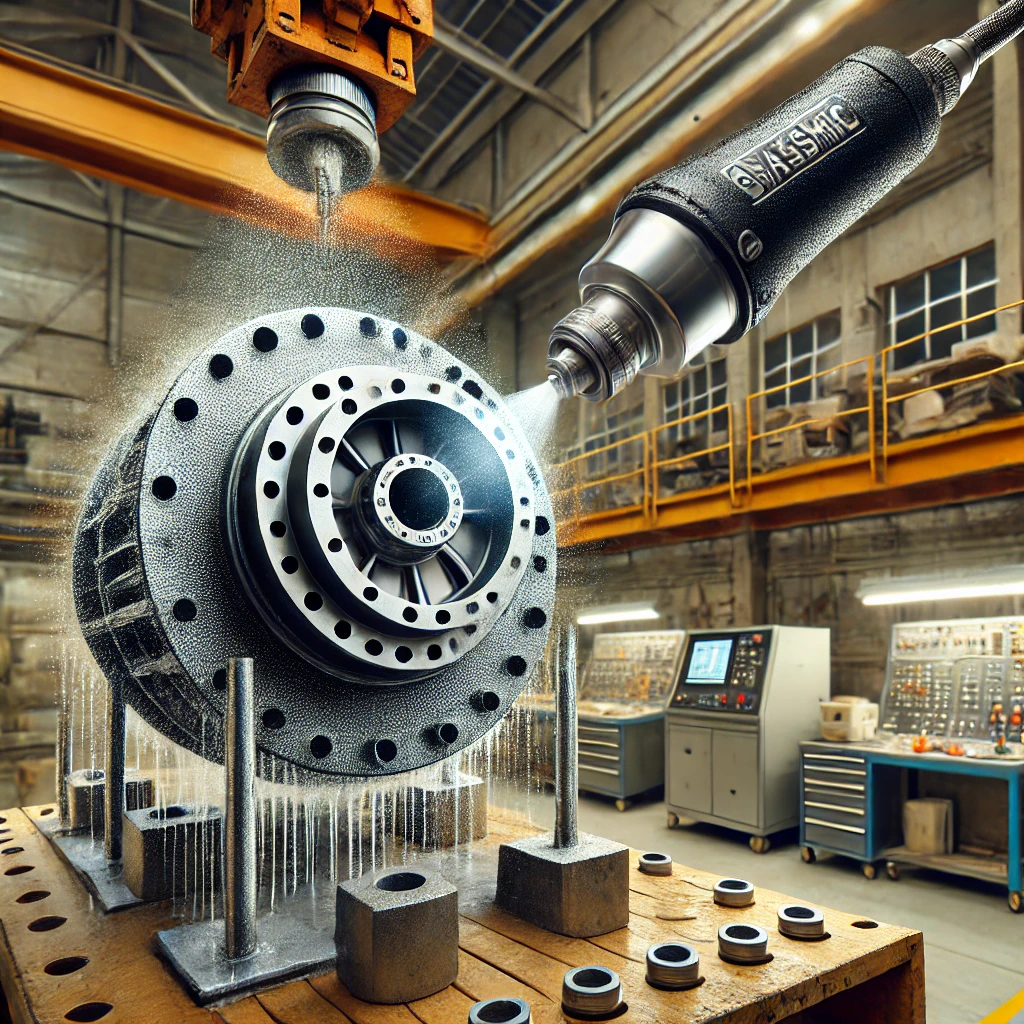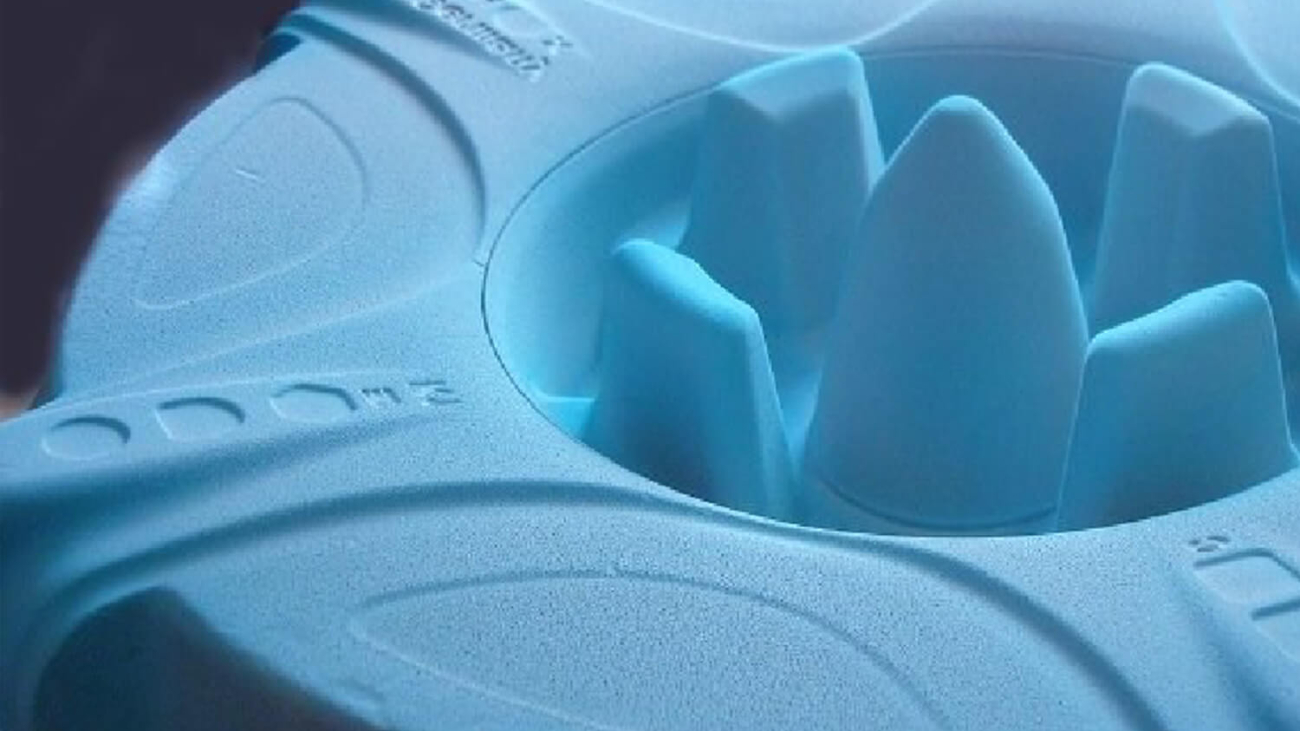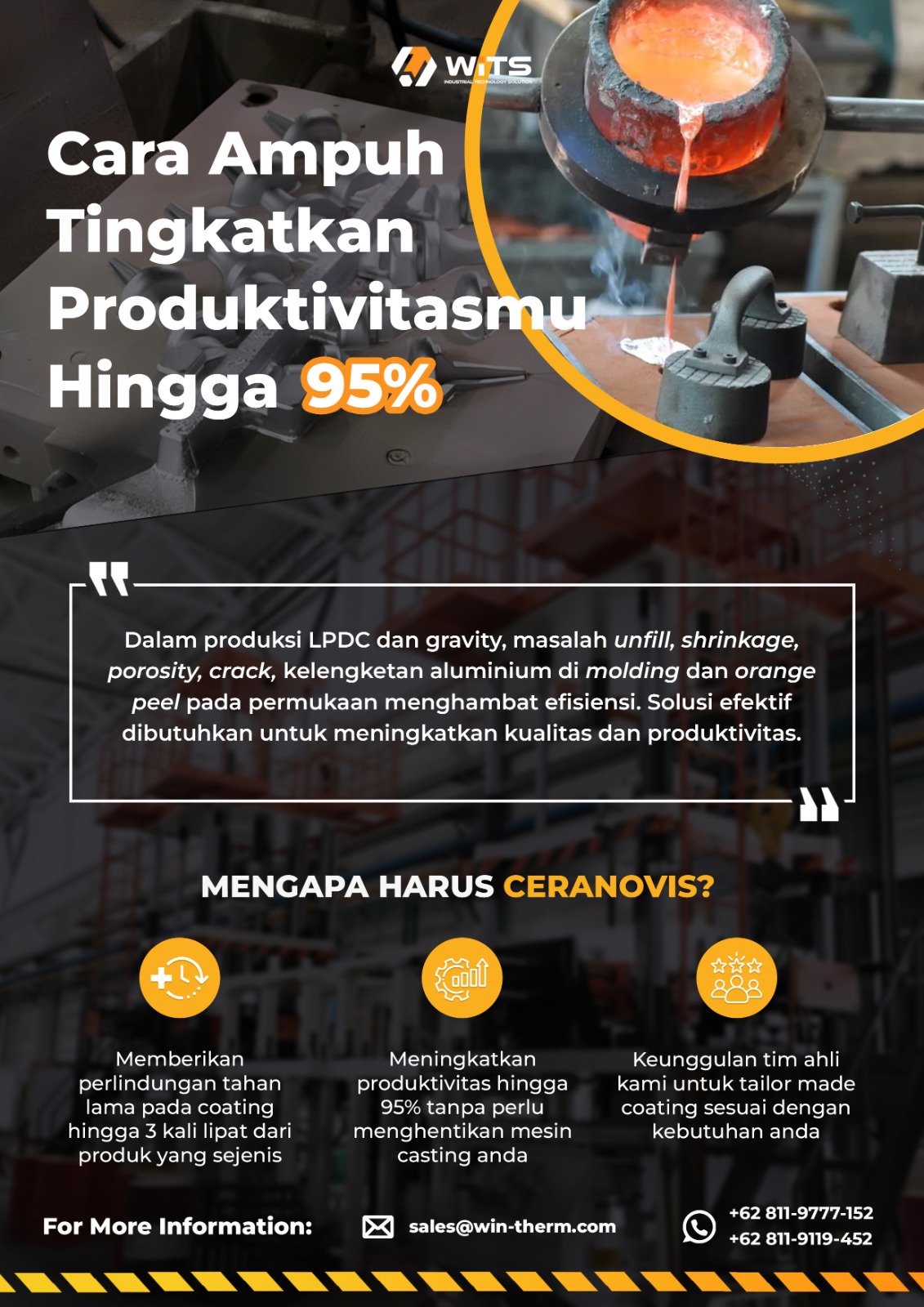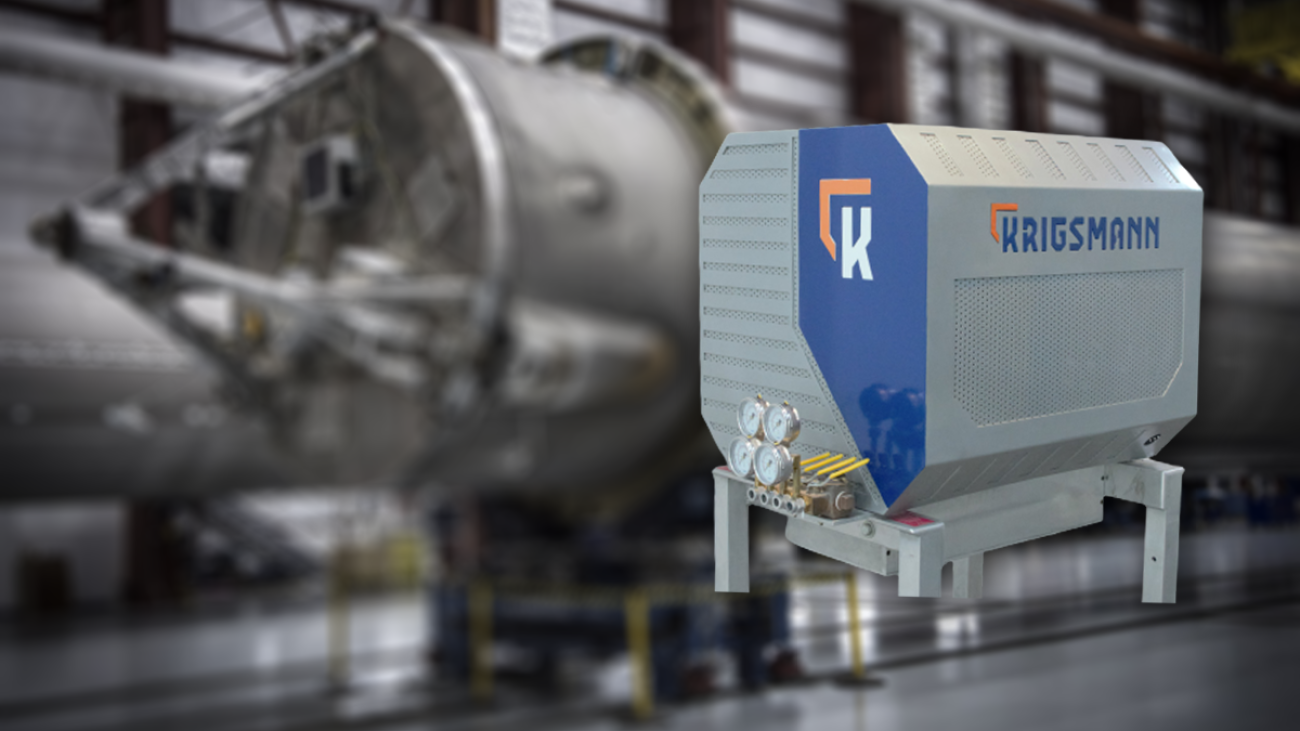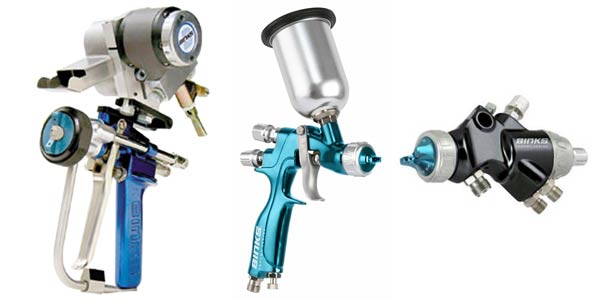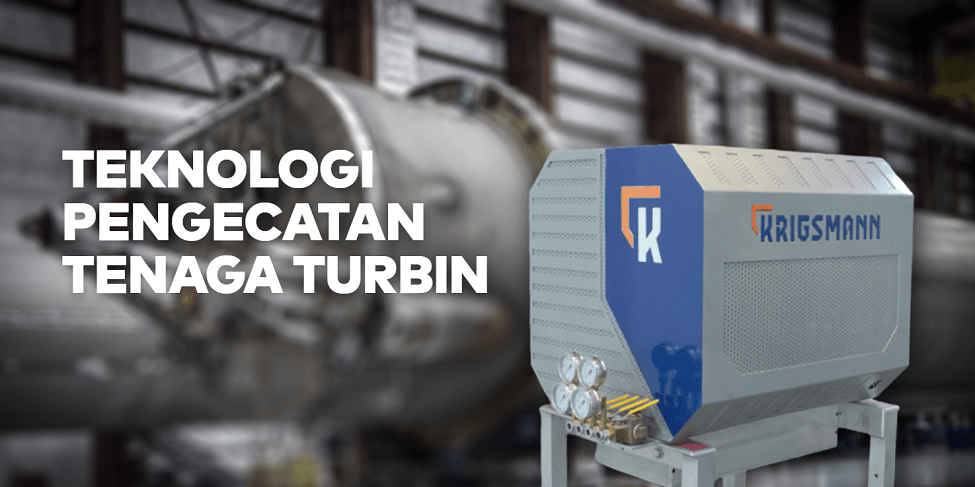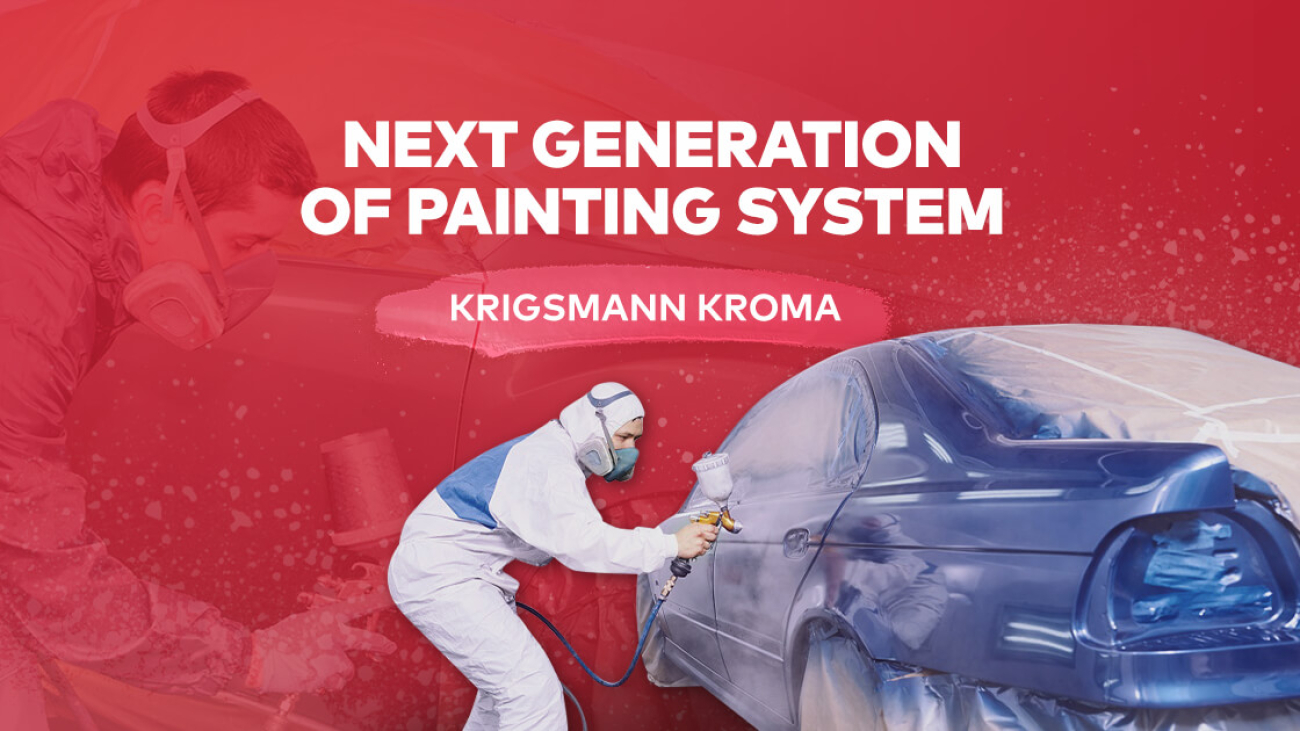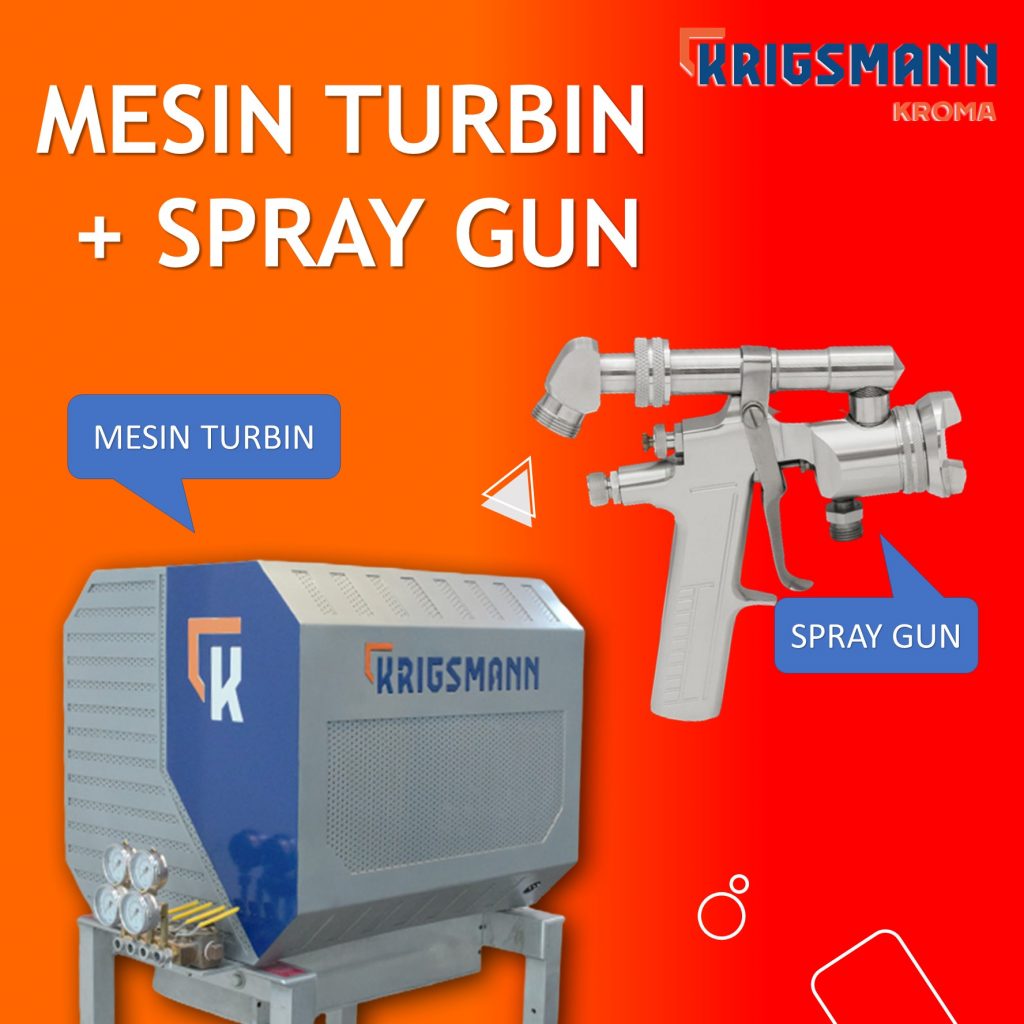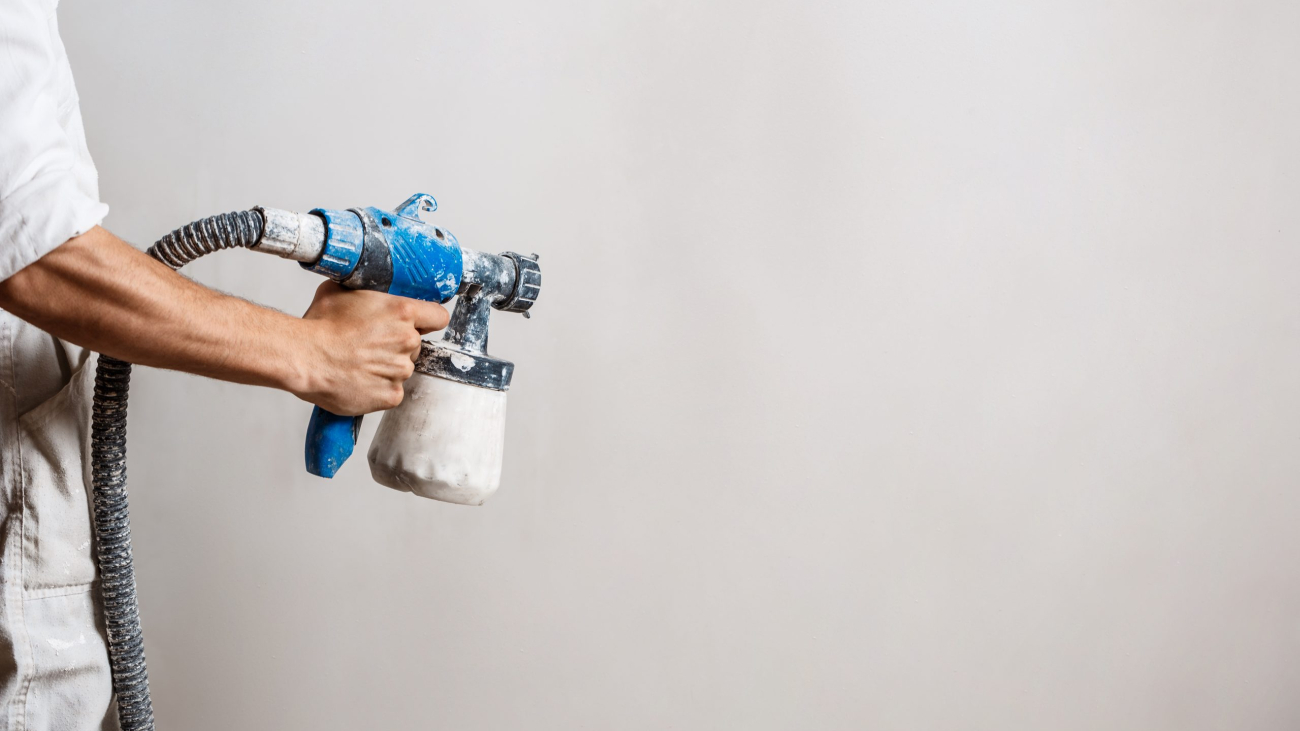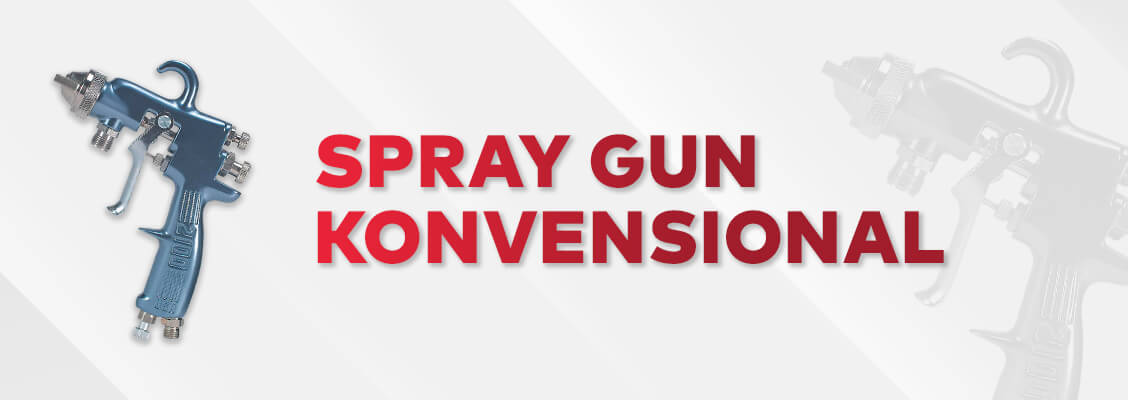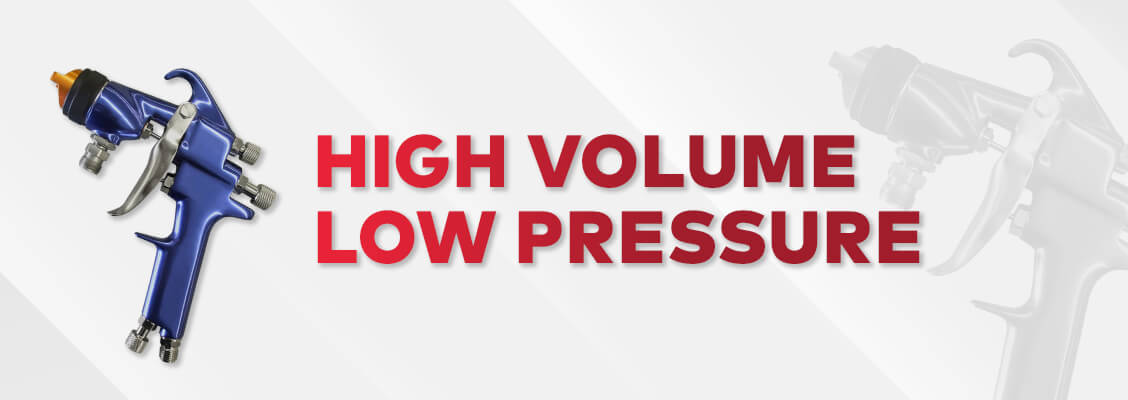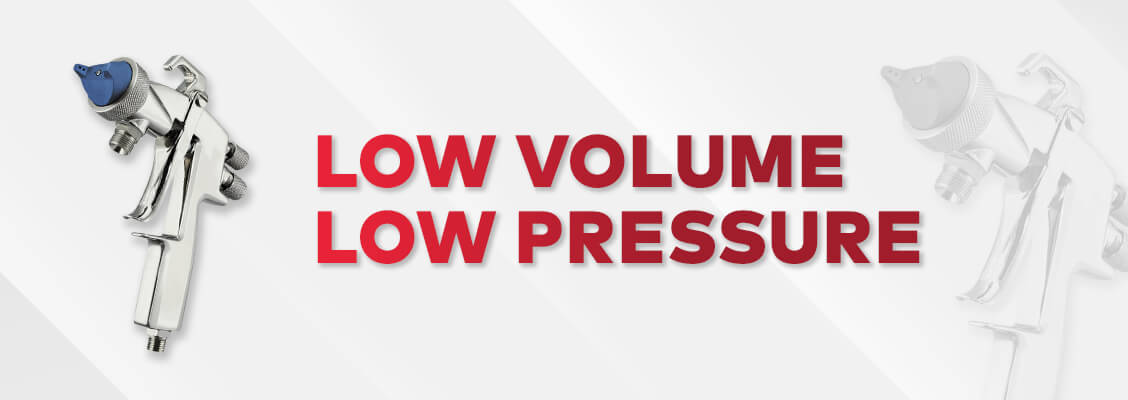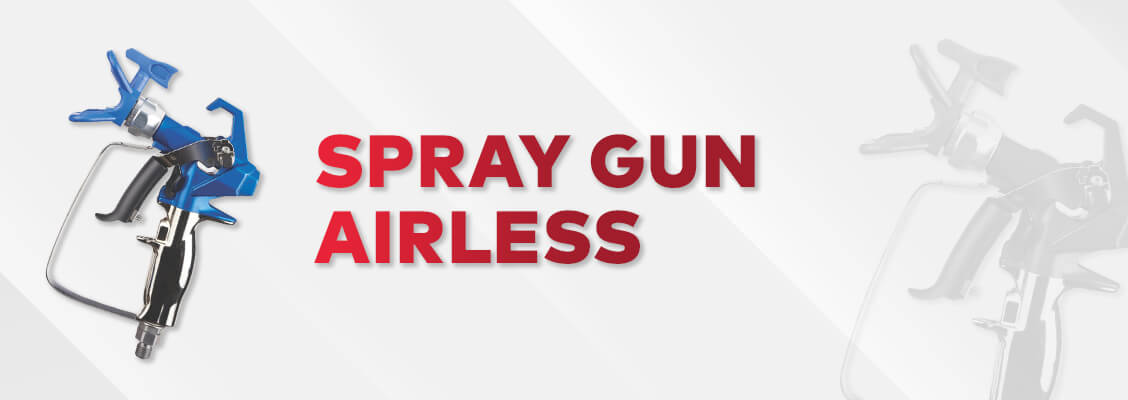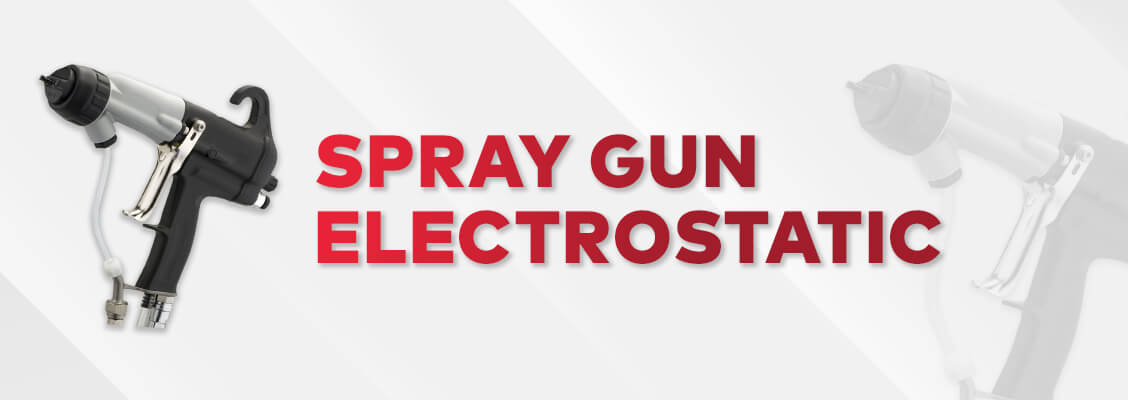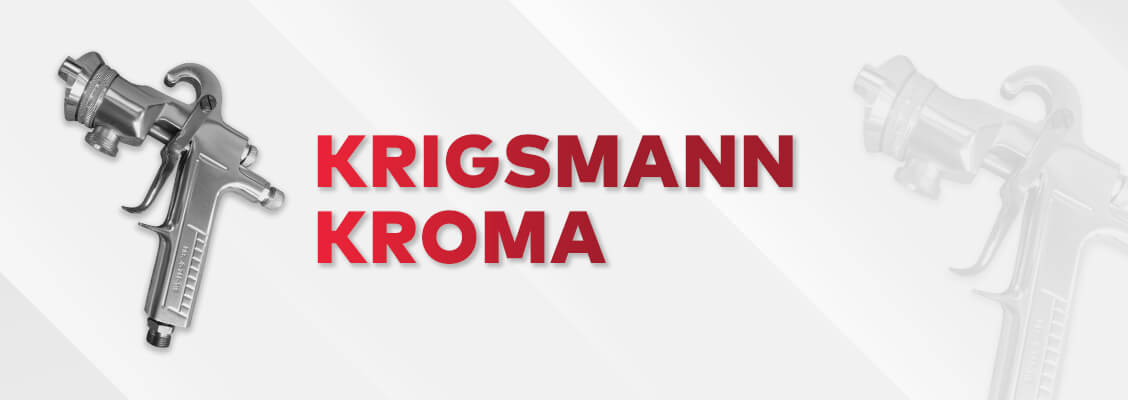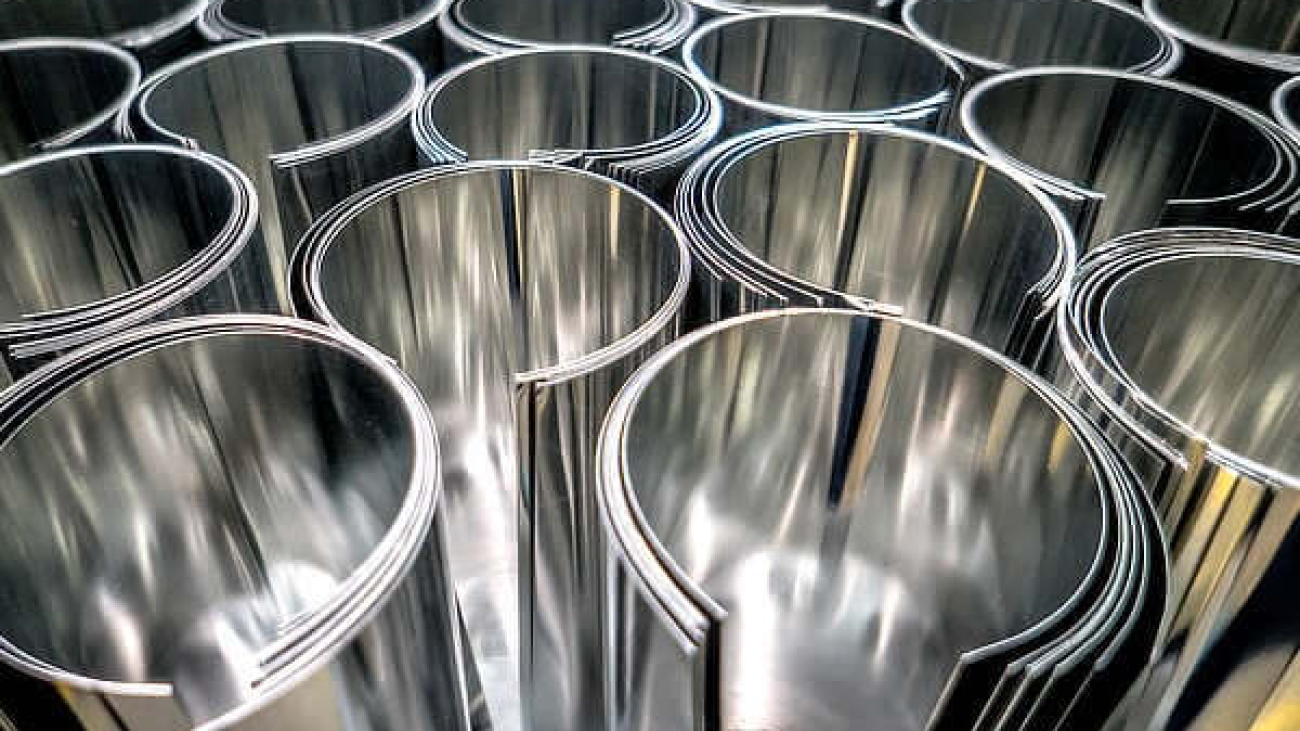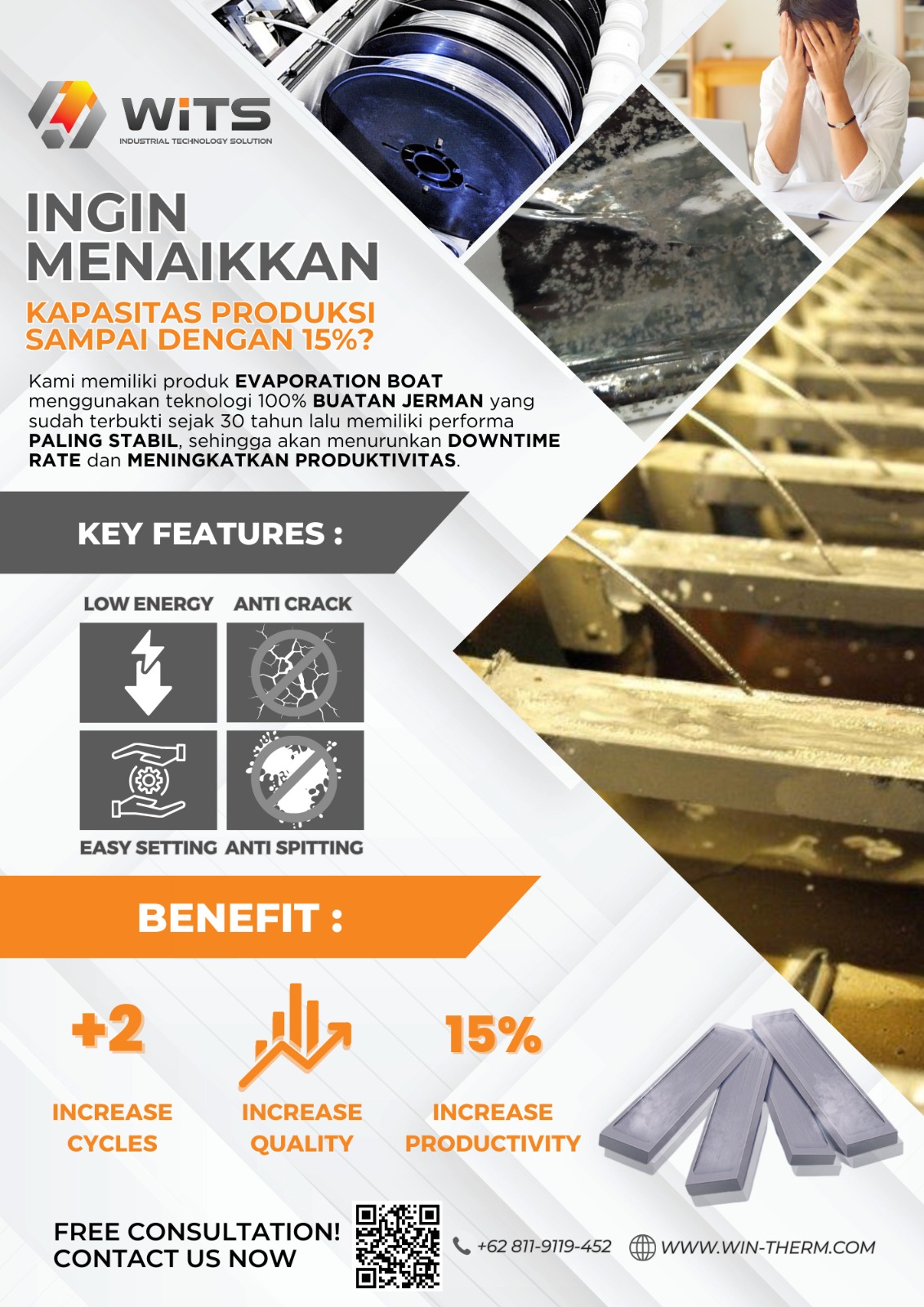
Evaporation Boat: Key Component in Thin Film Deposition
An evaporation boat, or crucible, is a crucial component in thermal vacuum deposition (TVD) systems. Its primary function is to contain and heat the material to be deposited, allowing it to evaporate and coat the substrate within the vacuum chamber.
What is Thin Film Deposition?
Thin film deposition is a technique used to apply a material layer onto a substrate surface with extremely thin thicknesses, typically in the nanometer to micrometer range. This technique is widely employed across various industries, such as:
- Electronics: Manufacturing semiconductors, transistors, and other electronic components.
- Optics: Producing optical lenses, filters, and mirrors.
- Medical: Creating biomedical implants, prostheses, and other medical devices.
- Aerospace: Developing anti-corrosion, anti-scratch, and heat-resistant coatings for aircraft and satellites.

How Does an Evaporation Boat Work?
Evaporation boats are typically made from heat-resistant and highly conductive materials such as graphite, molybdenum, tungsten, or boron nitride. The material to be deposited, in the form of small pieces or powder, is placed inside the evaporation boat.
The evaporation boat is then heated using various methods, such as resistive heating or electron beam heating. This heating causes the material inside the boat to evaporate, transforming it into vapor. The vapor then enters the vacuum chamber and moves towards the substrate, where it condenses and forms a thin film coating on the substrate’s surface.
Benefits of Using Evaporation Boats:
- Easy to Use and Operate
- Relatively Low Cost
- Suitable for a Wide Range of Materials
- Produces Uniform Thin Films
Key Features of Our Evaporation Boats:
- Energy Efficient
- Crack Resistant
- Easy to Adjust
- Anti-Splash Design
Advantages of Using Our Evaporation Boats:
- Increase Deposition Cycle Count by 2%
- Enhance Thin Film Quality
- Boost Productivity by 15%
Our evaporation boats are designed to provide efficient, cost-effective, and high-quality thermal vacuum deposition solutions.
Contact us for more information about our evaporation boats and how we can help you achieve your deposition goals.
For more details, visit WITS and discover how our innovative evaporation boats can revolutionize your thin film deposition processes.

